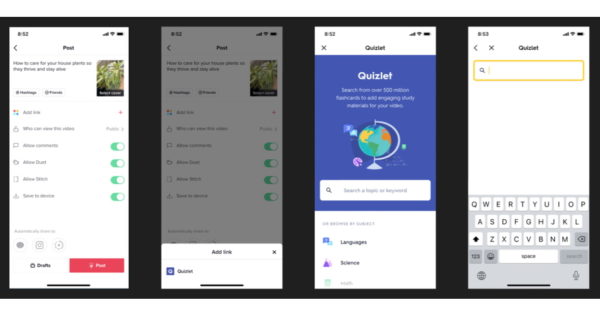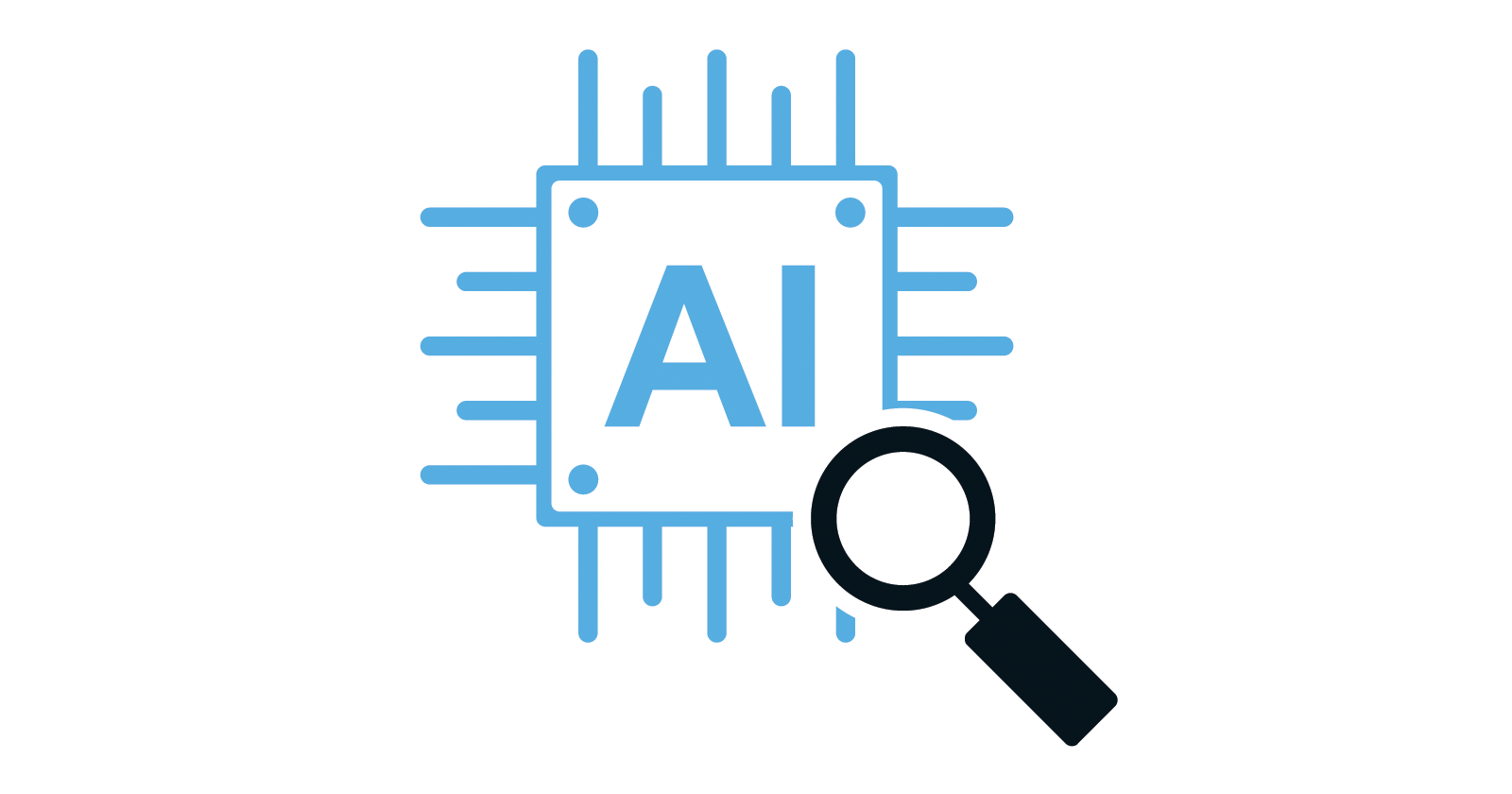Legal firms in Asia grapple with GenAI adoption
GenAI is demonstrating benefits in drafting processes, yet it requires manual gatekeeping to ensure accuracy and privacy, according to senior lawyers; investments are also pouring into the area.

GenAI is demonstrating benefits in drafting processes, yet it requires manual gatekeeping to ensure accuracy and privacy, according to senior lawyers; investments are also pouring into the area.

August 13, 2024
As advisors to the financial services sectors, lawyers are responsible for dealing with ever-changing regulatory and compliance issues on behalf of their clients, whether during regular business operations, or landmark transactions on the capital markets.
While discussions around artificial intelligence (AI) and generative AI (GenAI) heat up across different sectors, its adoption in the legal industry will take different paths, given the nature of the job’s high requirements around accuracy and rigour.
Use cases
London-headquartered law firm Ashurst recently conducted a trial of a GenAI application within the organisation, spanning across its 23 global offices. One of the key findings of the trial was that GenAI could be helpful in creating a first draft’ for lawyers, being its “greatest initial value”, according to the report.
The team measured an approximate 80% of time saving when drafting UK corporates filings that involved company articles, 59% for industry research reports and 45% on creating first draft legal briefings. Participants said GenAI could be helpful in overcoming a “blank page syndrome”.
Hilary Goodier, partner and global head of Ashurst Advance, told FinanceAsia that when it comes to financial regulatory lawyers, some use cases that the team explored include leveraging GenAI to quickly understand material changes to a final version of a regulation, in this case of the European Union (EU) Alternative Investment Fund Managers Directive II. GenAI was proved to be capable of identifying key subjects and topics as required.
Comparing the differences between two financial services-related contracts and reviewing a bank’s product disclosure statements for compliance (with anti-greenwashing guidance) were also tested, demonstrating the tool’s potential to save time and increase efficiency in legal work.
US-headquartered White & Case is partnering with AWS regarding a cloud environment for GenAI use internally. Clara Shirota, partner in the firm’s Asia debt finance and restructuring practice, told FA that GenAI-related trainings and policies were implemented across the organisation, which includes assessing the accuracy and relevance of responses and checking for bias.
Harvey, a startup founded in the US, is one of the most commonly used legal GenAI tool across legal industry. The firm announced last month that it raised $100 million in the latest Series C investment round, led by Alphabet Ince-backed Google Ventures, at a valuation of $1.5 billon.
According to its website, Harvey’s clientele includes legal teams at Latham & Watkins, Sidley Austin, Skadden, among others. Ashurst tested with Harvey GenAI in the trial.
Business consulting firms for the legal industry, such as Alvarez & Marsal, have also been integrating AI features to forensic tools for e-Discovery processes.
Gatekeeping
Accuracy and security remain key concerns when it comes to legal usage of GenAI tools. Manual review is always much needed, according to lawyers.
Despite the capability to save much time analysing and drafting legal documents, GenAI-generated content had a greater variance in accuracy compared to human output in general, according to Ashurst’s trials.
In a blind trial where experts were asked to identify whether an outcome was generated by GenAI or human, “writing techniques referenced as human included well-structured executive summaries and analysis of issues in addition to pitching vocabulary correctly”.
The report also pointed out that lawyers in the blind test held rather subjective standards of GenAI output quality, on top of objective metrics such as accuracy. Some complained about inconsistent grammar while others focused on comprehensiveness.
In another instance, a lawyer identified an incorrect verdict cited by GenAI and therefore viewed the whole report critically, while for some others tend to be more tolerant when reviewing documents with minor errors.
Tommy Liu, global regulatory partner at Hogan Lovells, suggested a gatekeeping mechanism, either automated or manual, to review and protect sensitive data that are input to GenAI chatbots. These could be confidential financial information crucial to a company’s businesses, or personal information as regulated by authorities.
Anonymisation and encryption processes could also be adopted apart from screening practices, he suggested.
Arijit Tiwari, managing associate, Singapore, at Simmons & Simmons, told FA: “We are not and will not allow the use of client data or other confidential information with public instances of generative AI tools (like public ChatGPT). We are highly conscious of our duty of confidentiality to our clients as well as the need to protect our own confidential information."
Tiwari continued: "Using GenAI in financial services raises key privacy concerns, including the risk of sensitive data exposure, potential misuse of personal information, and challenges in ensuring data protection compliance.”
Human touch
Hogan Lovells, also UK-headquartered, launched late last year its own GenAI chat box, CRAIG, under the law firm’s legal tech brand ELTEMATE. According to a press release, the tool is used internally to draft legal documents, summarise large sets of facts, extract and structure information, and create fact chronologies.
Liu, who specifies in the technology, media and technology (TMT) practices, said that he now uses CRAIG in one to two out of 10 deals on average.
Based in Hong Kong, he agreed that such tools could be useful when it comes to producing baseline contracts. At the same time, he emphasised the importance of a “human touch” when it comes to final outcomes.
He explained that this is partly due to a relatively competitive legal solutions market in the Asia Pacific (Apac) region, as clients expect more customised solutions packages. That is to say, despite GenAI being helpful in basic document drafting, a human lawyer’s familiarity with the clients, a sector and an industry is still far from being replaced.
“GenAI can’t take up calls when a client needs someone. They can neither attend meetings nor sign off legal documents,” he said. “GenAI are able to provide legal documents, but not legal solutions.”
It is, eventually, human lawyers’ decisions in terms of how far they’d like to take GenAI forward, Liu said.
Simmons & Simmons Tiwari said: “We have been exploring various AI tools and products to automate routine tasks, improve efficiency with drafting documents, ensuring accuracy across our products, tracking trades and deliverables and analysing large datasets for better client targeting.”
Tiwari added: “We have dedicated teams of engineers who work very closely with lawyers across all our practice groups to train and assist lawyers in the adoption of various GenAI tools and products. We also run dedicated training specifically on prompt engineering for all our staff to better understand and leverage our various GenAI tools and products.”
“The future of GenAI . . . is very exciting and likely to be focused on enhancing the efficiency and effectiveness of legal services. We strongly believe that GenAI tools and services will allow lawyers to focus on more complex aspects of their work and become more effective trusted advisers to their clients," concluded Tiwari.
¬ Haymarket Media Limited. All rights reserved.
Disruption Companies #asia #legal firms #generative ai
 Tfoso
Tfoso 






























